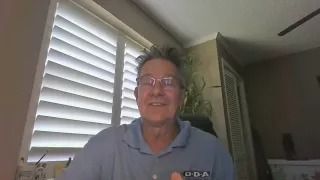U.S. retirement preparedness is lacking: Morningstar
A new study from Morningstar focused on U.S. retirement readiness illustrates that while there has been some improvement over time, general retirement preparedness is lacking.
Using data from the Federal Reserve’s Survey of Consumer Finances, Morningstar researchers analyzed data from 3,442 households before projecting 1,000 possible “life paths” for each of them. The company used savings rates, withdrawal patterns, job turnover and health care expenses to reach its conclusions.
The authors previously published two separate papers on their findings earlier this year. The bottom line, they say, is that despite certain variations across generational cohorts and income classifications, preparedness is not where it needs to be.
One positive that emerged from the results is that younger generations appear to be taking retirement preparedness more seriously. The overall rate of preparation — derived from the researchers’ modeling — shows Gen X preparedness at 53% versus 56% for millennials and 63% for Gen Z.
But the averages are far more adversely impacted by income than age. The highest income brackets across all three generations hover between 86% to 89% readiness, but the lowest income brackets range between 14% to 34% — a more significant variation with the lowest figure belonging to Gen X.
“Traditional corporate pensions may have largely vanished, but their twin replacements of 401(k) and IRA plans appear to have filled the retirement-planning gap nicely — that is, for those who have means,” said John Rekenthaler, a vice president of research at Morningstar who summarized the findings.
But there is additional nuance to be found when taking into account that financial outcomes are not “binary,” Rekenthaler said.
“Managing a 99% retirement-funding ratio is a modest failure, if at all. In contrast, a 50% ratio is disastrous,” he explained. “Determining when a disappointing retirement outcome becomes life-altering is admittedly arbitrary, but the task should be attempted. I have set that mark at 80%, which I call the ‘floor’ ratio.”
On that basis, generational readiness improves to about 75% of Americans having a “recognizable retirement,” he said, although certain habits and spending may need to be curtailed to achieve it.
Have A Question?
Use the form below and we will give your our expert answers!
Reverse Mortgage Ask A Question
Start Your Loan
with DDA todayYour local Mortgage Broker
Mortgage Broker Largo See our Reviews
Looking for more details? Listen to our extended podcast!
Check out our other helpful videos to learn more about credit and residential mortgages.





